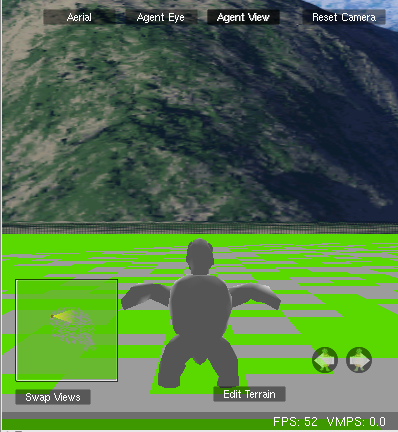Physics Unit

This unit will show you how to use programming in StarLogo TNG to help students build a deep understanding of traditionally difficult physics concepts. We introduce StarLogo TNG programming basics through a series of physics-based activities that will help you and your students establish a relationship with TNG that will facilitate its use as a teaching and learning tool.
We will focus on the topic of motion in two dimensions. Many strategies, including simulations, have been designed to help students understand that the vertical and horizontal motions of a projectile are independent of one another, but the concept of simultaneous but independent change remains difficult and frustrating to teach and learn. We will show you that by adding the programming of 2-D motion in a virtual world, to the usual mathematical analysis of that motion in the physical world, you can enhance the understanding of this difficult concept.
Download the entire physics curriculum as a zip file .
Physics Curriculum At-A-Glance
For a more detailed overview of the curriculum, check out the
teacher overview
.
| Lesson Description | Materials |
|---|---|
| VANTS : Students observe an object (agent) in a simulation and describe the rules that determine the motion of the object. |
|
| Simple Physics Games : Students find physics principles in simple on line games. | |
| First Programming : Students learn TNG basics by building a procedure that will earn them the highest score. | |
| Modeling Change : Use keyboard control to change at least two variable agent traits. |
Sample Lesson
In the first lesson, VANTS, students observe an object (agent) in a simulation and describe the rules that determine the behavior of the object. They link those rules (code) to observable patterns over space and time. They see, decipher, understand and eventually modify that code. They see how in the virtual world a set of rules (code) can direct the motion of an object (agent). This experience will help them see how a set of rules (ex. laws of motion) can describe and explain motion in the physical world.


- Login to post comments